Home>Ideas and Tips>Indoor Alocasia Polly Care African Mask Plant Guide
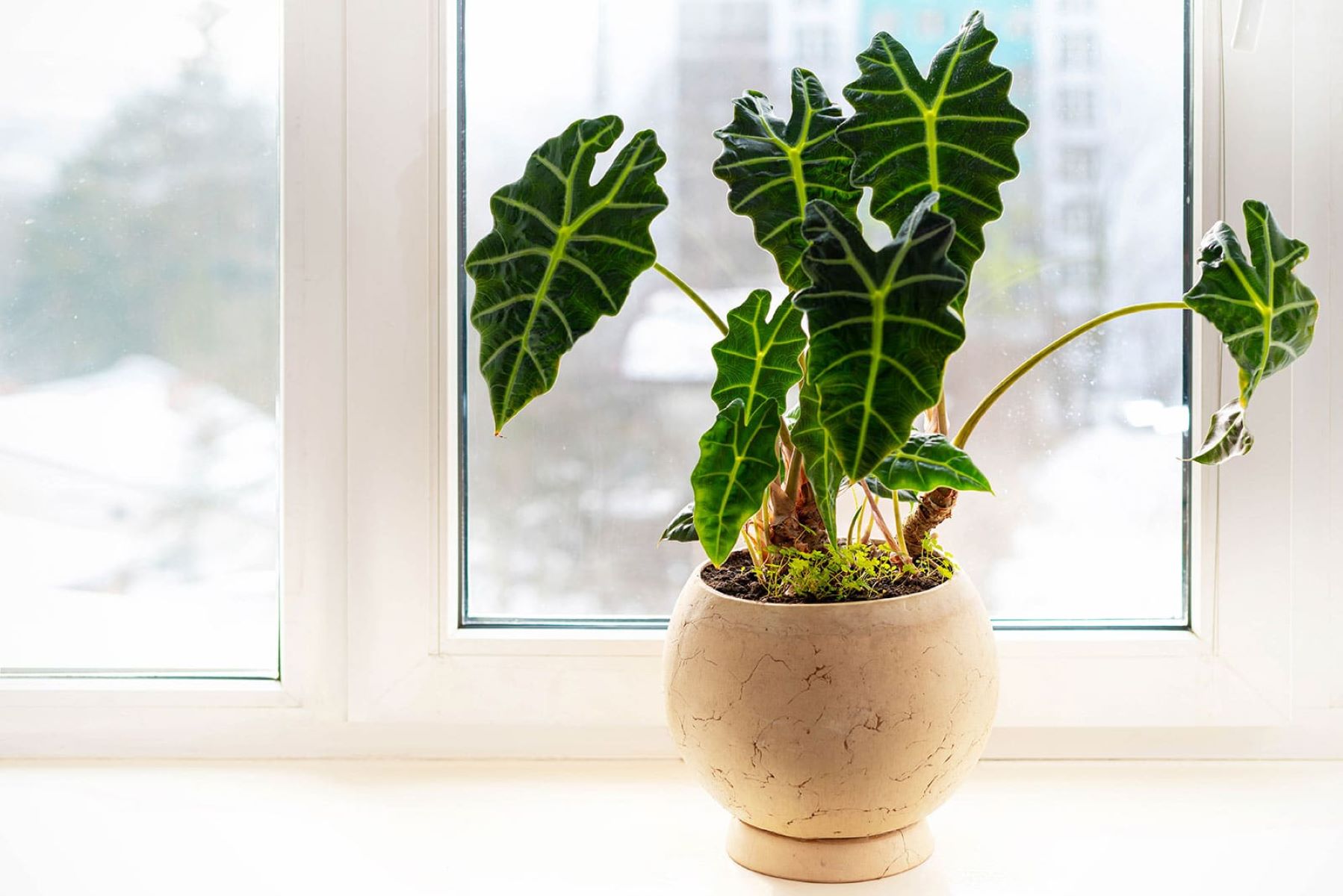

Ideas and Tips
Indoor Alocasia Polly Care African Mask Plant Guide
Published: September 3, 2024
Learn how to care for your Alocasia Polly, also known as the African Mask Plant, with our comprehensive indoor care guide. Keep your plant thriving!
(Many of the links in this article redirect to a specific reviewed product. Your purchase of these products through affiliate links helps to generate commission for Storables.com, at no extra cost. Learn more)
The Alocasia Polly, commonly known as the African Mask Plant, is a stunning and exotic addition to any indoor space. Its striking arrow-shaped leaves with bold white veins make it a favorite among houseplant enthusiasts and interior decorators. However, this tropical plant can be quite challenging to care for, especially for beginners. In this article, we'll delve into the specific needs of the Alocasia Polly, providing you with a comprehensive guide to ensure your plant thrives indoors.
Introduction to the Alocasia Polly
The Alocasia Polly is a hybrid of the Alocasia amazonica, bred specifically for the houseplant trade. It is a smaller growing variety compared to other Alocasias, reaching a maximum height of 2 feet (60 cm) and spread of 2 feet (60 cm). This compact size makes it an ideal choice for indoor spaces, adding a lush, tropical look to any room.
Common Names and Variations
The Alocasia Polly is also known as the African Mask Plant or Kris Plant. Despite the different names, the care requirements remain the same. This plant shares the same family (Araceae) as other popular houseplants like anthuriums, pothos, monsteras, philodendrons, aglaonemas, peace lilies, arrowhead plants, and zz plants.
Lighting Requirements
One of the most critical factors in caring for the Alocasia Polly is lighting. This plant thrives in bright, indirect light. Direct sunlight can scorch its leaves, so it's essential to place it near a window where it can receive plenty of light but is shielded from the harsh midday sun. An east or north-facing window is ideal for providing the necessary light without causing damage to the leaves.
Signs of Insufficient Light
If your Alocasia Polly is not getting enough light, you may notice its leaves drooping or becoming less vibrant. In such cases, moving the plant to a spot with more light can help. Additionally, rotating the plant regularly ensures even light exposure, preventing any part of the plant from becoming leggy or sparse.
Watering Needs
Watering is another crucial aspect of Alocasia Polly care. This plant prefers the soil to be consistently moist but not waterlogged. Overwatering can lead to root rot, which is a common issue with many tropical plants. Here are some guidelines for watering your Alocasia Polly:
- Watering Frequency: Water your Alocasia Polly when the top 1-2 inches of soil feel dry to the touch. This usually means watering once a week in the summer months and less frequently in the winter when the plant's growth slows down.
- Soil Moisture: The soil should be moist but not soggy. If you notice that the soil is consistently wet, it's likely that you're overwatering. Reduce the frequency of watering or ensure that the pot has good drainage to prevent water from accumulating in the soil.
- Avoid Standing Water: Make sure the pot has drainage holes to prevent standing water from accumulating in the soil. This can lead to root rot and other issues.
Temperature and Humidity Requirements
Alocasia Pollys are tropical plants and thrive in warm environments. They prefer temperatures between 65°F (18°C) and 75°F (24°C). Avoid placing them in areas with cold drafts or temperatures below 60°F (15°C), as this can cause stress to the plant.
Humidity Levels
These plants are highly sensitive to humidity levels. They thrive in humid environments, typically above 50% relative humidity. To mimic their natural habitat, you can use a pebble tray or mist the leaves regularly with water. This helps maintain a humid microclimate around the plant, which is essential for its health.
Soil Requirements
The soil type is also crucial for the health of your Alocasia Polly. It prefers well-draining, aerated potting mix rich in organic matter. A mixture containing peat moss, perlite, and pine bark is suitable as it provides the right balance of moisture retention and air circulation.
Soil pH
Alocasia Pollys are not particular about soil pH but generally prefer slightly acidic to neutral soil pH. Avoid using non-soil mixes as they do not hold moisture well, which can lead to overwatering issues.
Fertilization
Alocasia Pollys are heavy feeders and require regular fertilization to maintain their health and growth. Here are some guidelines for fertilizing your plant:
- Fertilizer Type: Use a well-balanced fertilizer every month during the growing season (spring and summer). You can dilute the fertilizer to half strength to avoid burning the roots.
- Fertilizer Frequency: During the winter months when the plant's growth slows down, you can stop fertilizing or reduce the frequency to once every two months.
Pruning
Pruning is an essential part of maintaining your Alocasia Polly's health and appearance. Here are some tips for pruning:
- Remove Dead Leaves: Regularly remove any dead or damaged leaves by cutting them close to the soil or top of the corm. This helps prevent the spread of disease and encourages new growth.
- Encourage New Growth: Prune off any old or dying leaves to encourage new growth. This will help keep your plant looking its best and promote healthy development.
Propagation
Propagating an Alocasia Polly is relatively easy and can be done through stem cuttings or division:
- Stem Cuttings: Take stem cuttings in the spring when the plant is actively growing. Cut off a section of stem with at least two nodes and plant it in a well-draining potting mix. Keep the soil moist until roots develop.
- Division: Divide the plant in the spring or summer when it becomes pot-bound. Carefully remove the plant from its pot and separate the roots. Replant each section in a new pot filled with well-draining potting mix.
Common Issues
Despite proper care, Alocasia Pollys can still face some common issues:
Root Rot
Root rot is a common problem caused by overwatering. If you notice yellowing leaves or soft, mushy roots, it's likely that your plant is suffering from root rot. Reduce watering immediately and ensure that the pot has good drainage to prevent further damage.
Brown Tips
Brown tips on the leaves can be caused by dry air or low humidity. Increase the humidity around your plant by misting it regularly or placing it on a pebble tray filled with water.
Drooping Leaves
Drooping leaves can be due to insufficient light or watering issues. Move your plant to a brighter location and adjust your watering schedule accordingly.
Toxicity
It's important to note that Alocasia Pollys are toxic if ingested. They contain calcium oxalate crystals that can cause irritation of the mouth, throat, and stomach in humans and pets. Keep this plant out of reach of children and pets to avoid any potential harm.
Conclusion
Caring for an Alocasia Polly requires attention to its specific needs, including lighting, watering, temperature, humidity, and fertilization. By following these guidelines, you can ensure that your plant thrives indoors and remains a stunning addition to your home decor. Remember to prune regularly to maintain its health and appearance, and be aware of common issues like root rot and toxicity. With proper care, your African Mask Plant will continue to flourish and provide you with years of enjoyment.
By understanding and meeting the unique requirements of the Alocasia Polly, you can create a lush and tropical environment in your home that not only enhances its beauty but also promotes its health. Whether you're a seasoned plant enthusiast or just starting out, this guide will help you navigate the world of indoor plant care with confidence.
Was this page helpful?
At Storables.com, we guarantee accurate and reliable information. Our content, validated by Expert Board Contributors, is crafted following stringent Editorial Policies. We're committed to providing you with well-researched, expert-backed insights for all your informational needs.
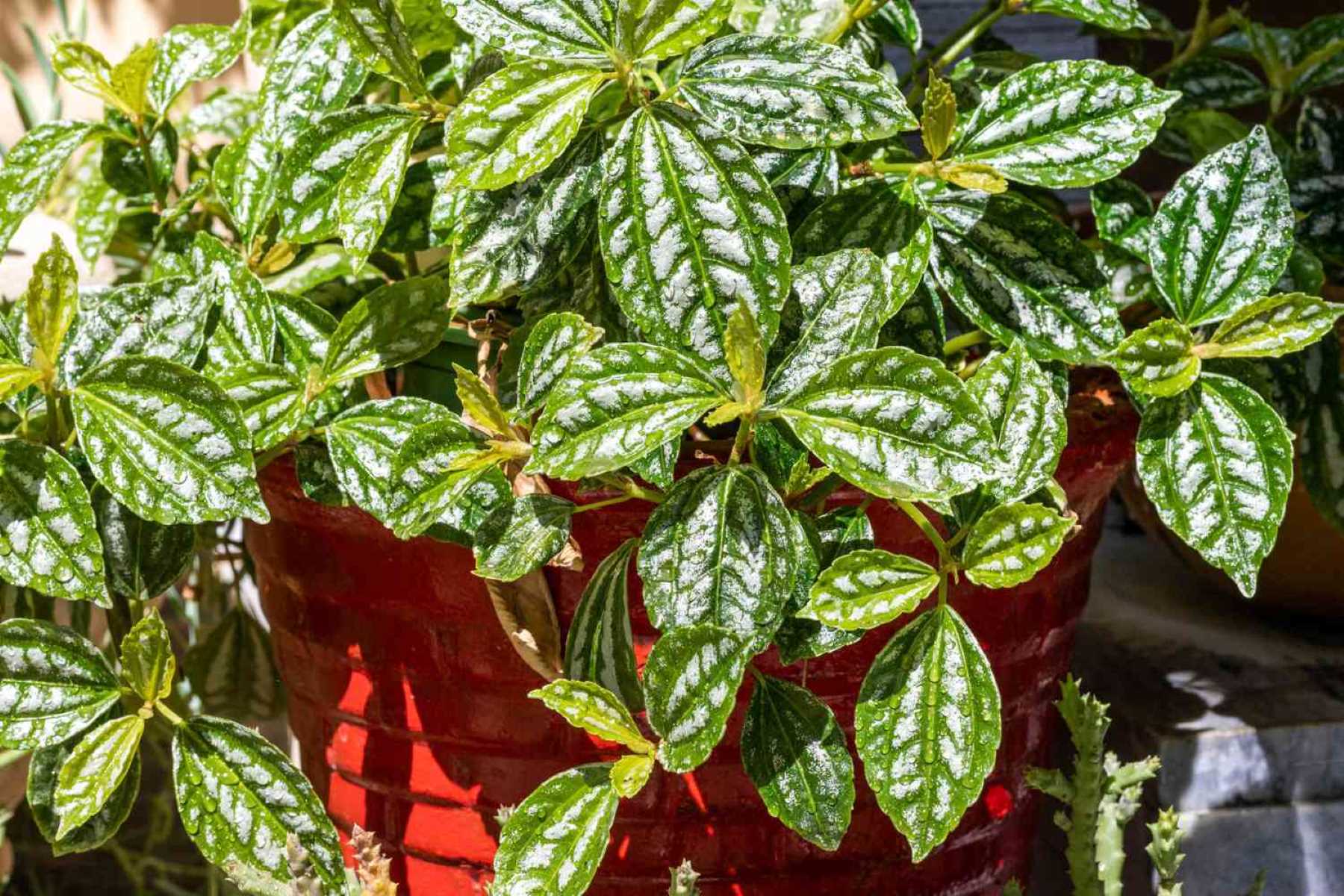
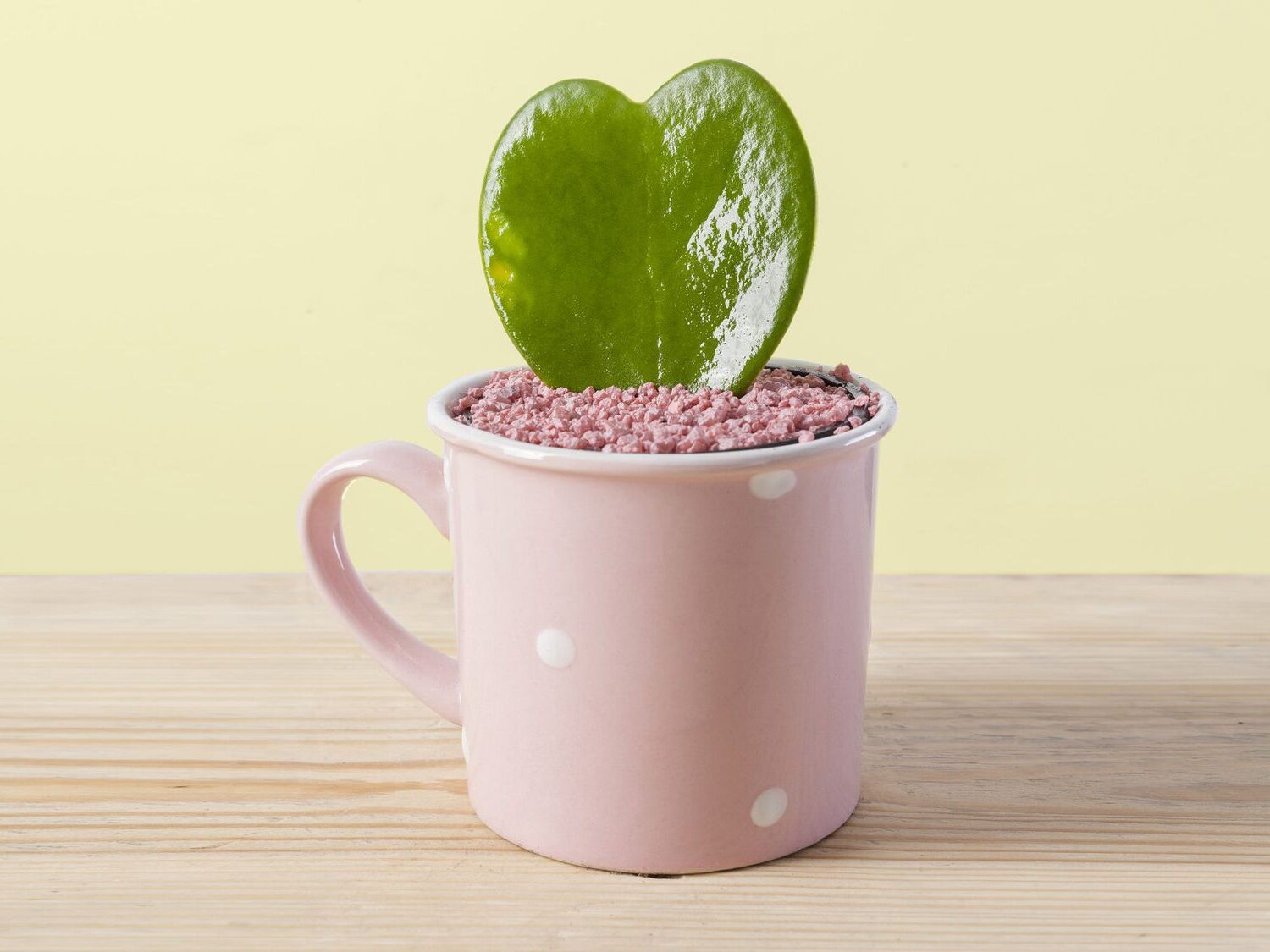
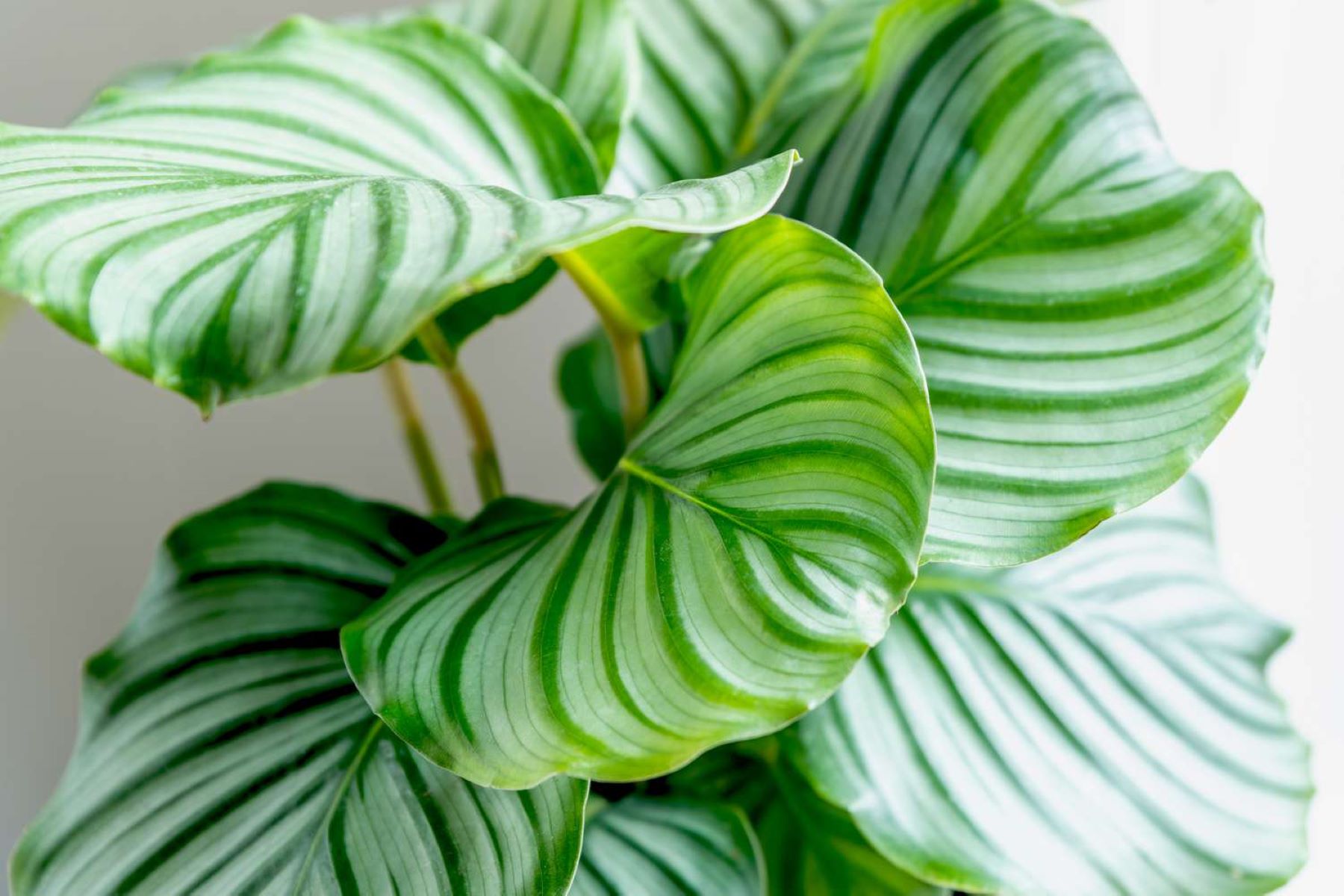
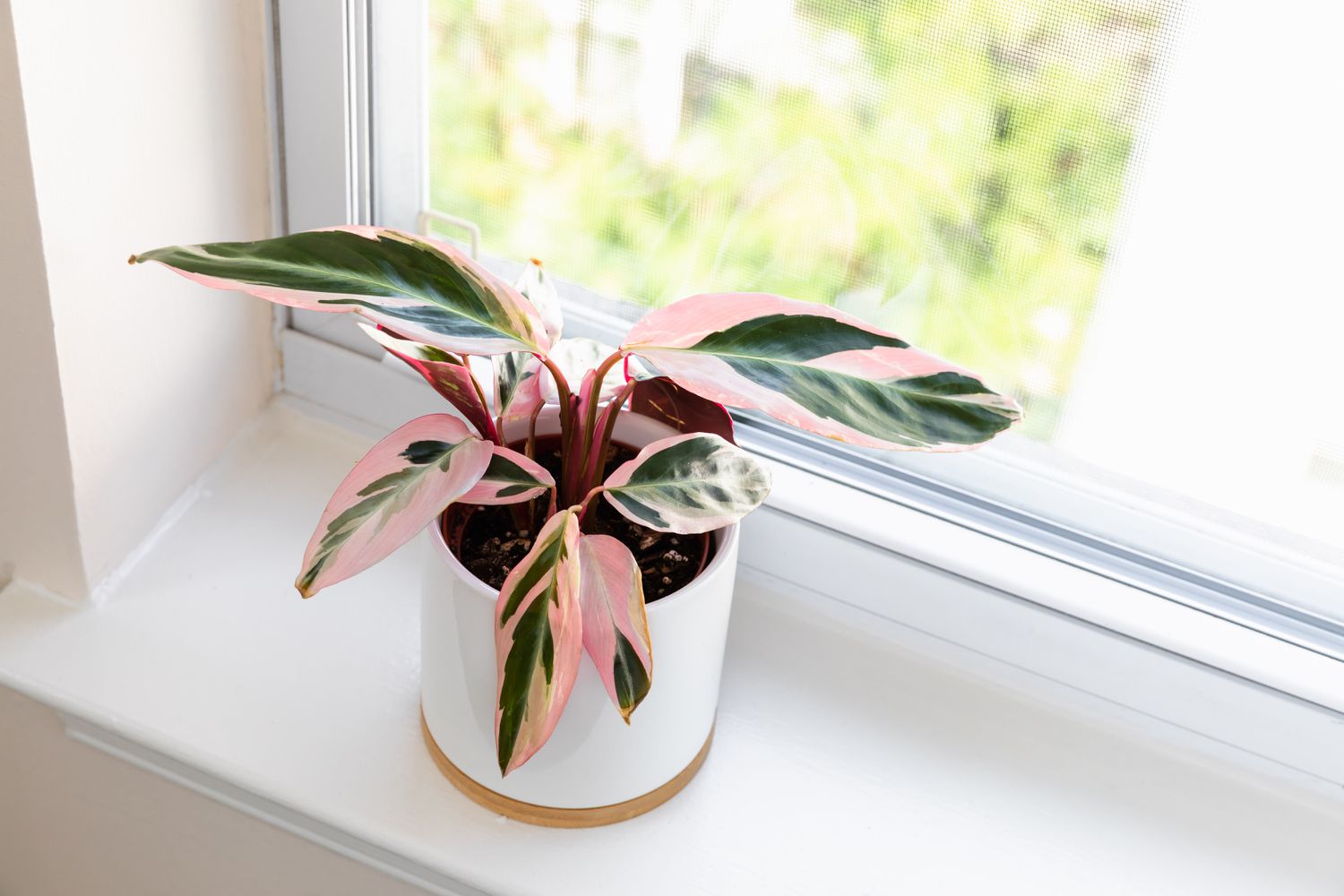
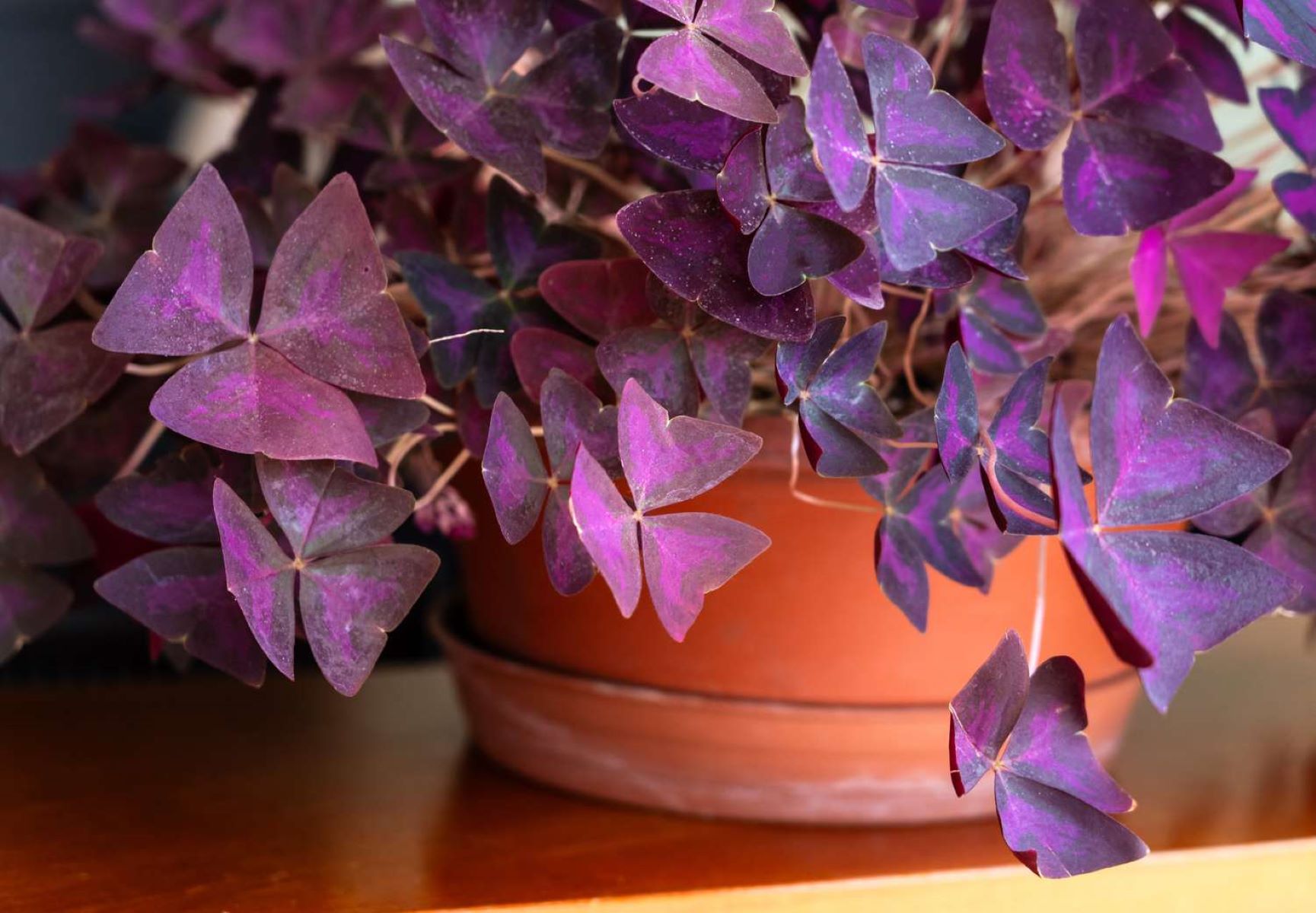
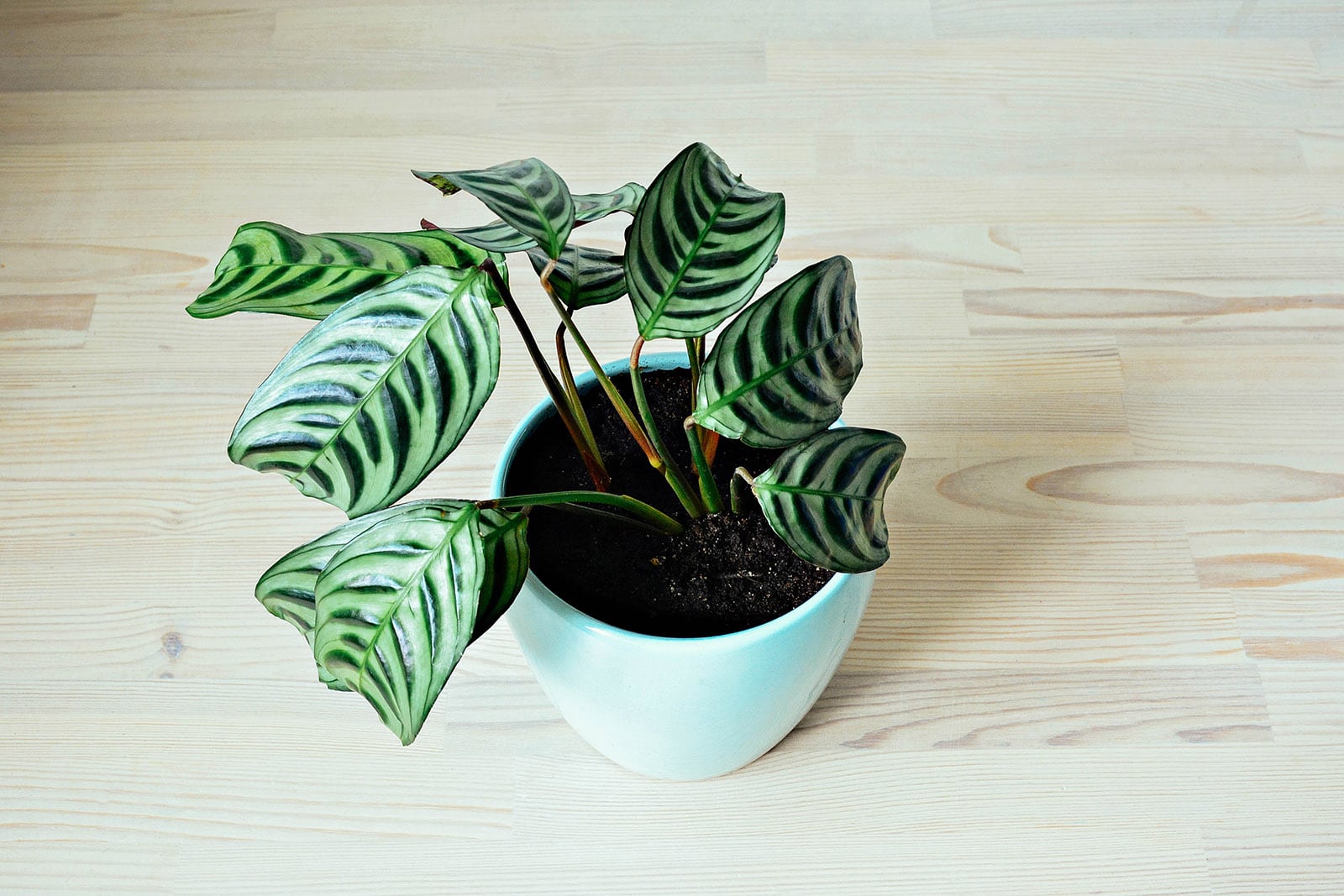

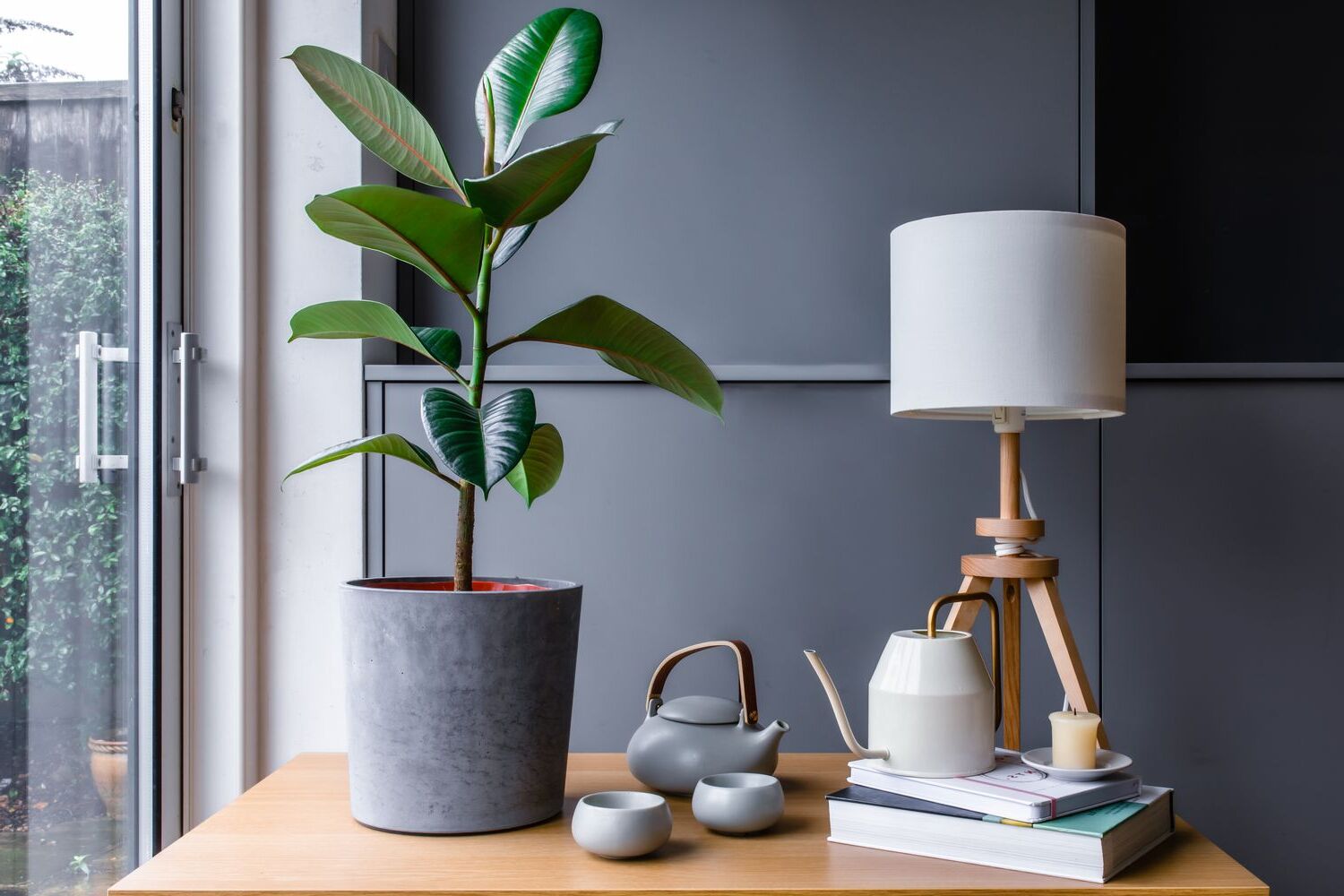
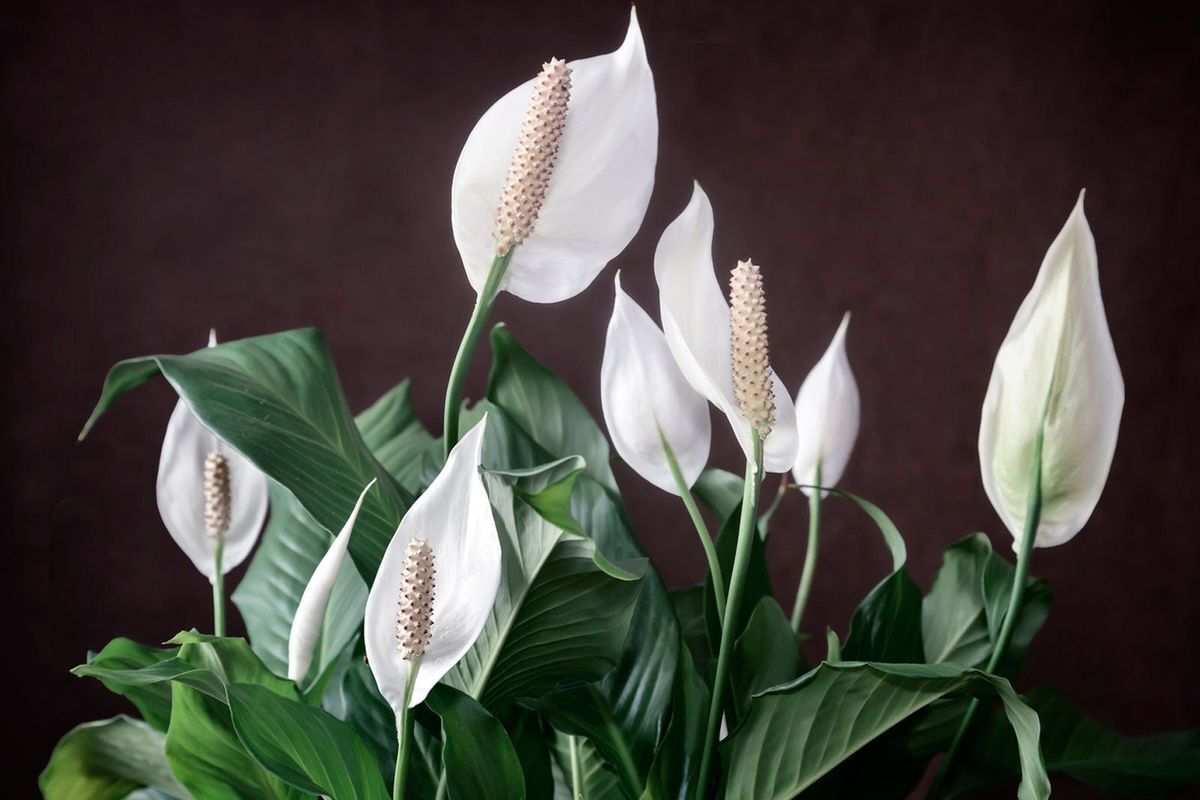
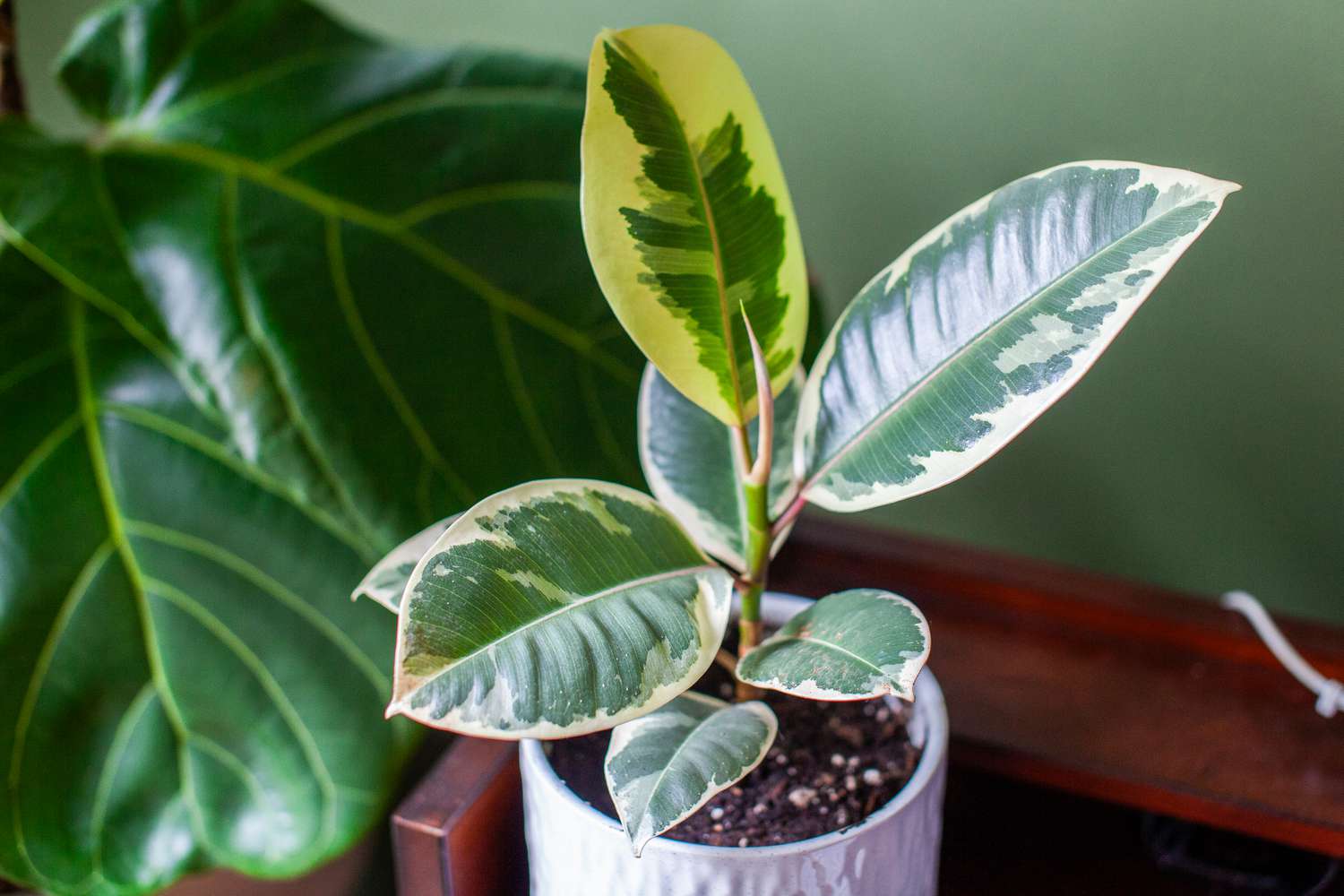
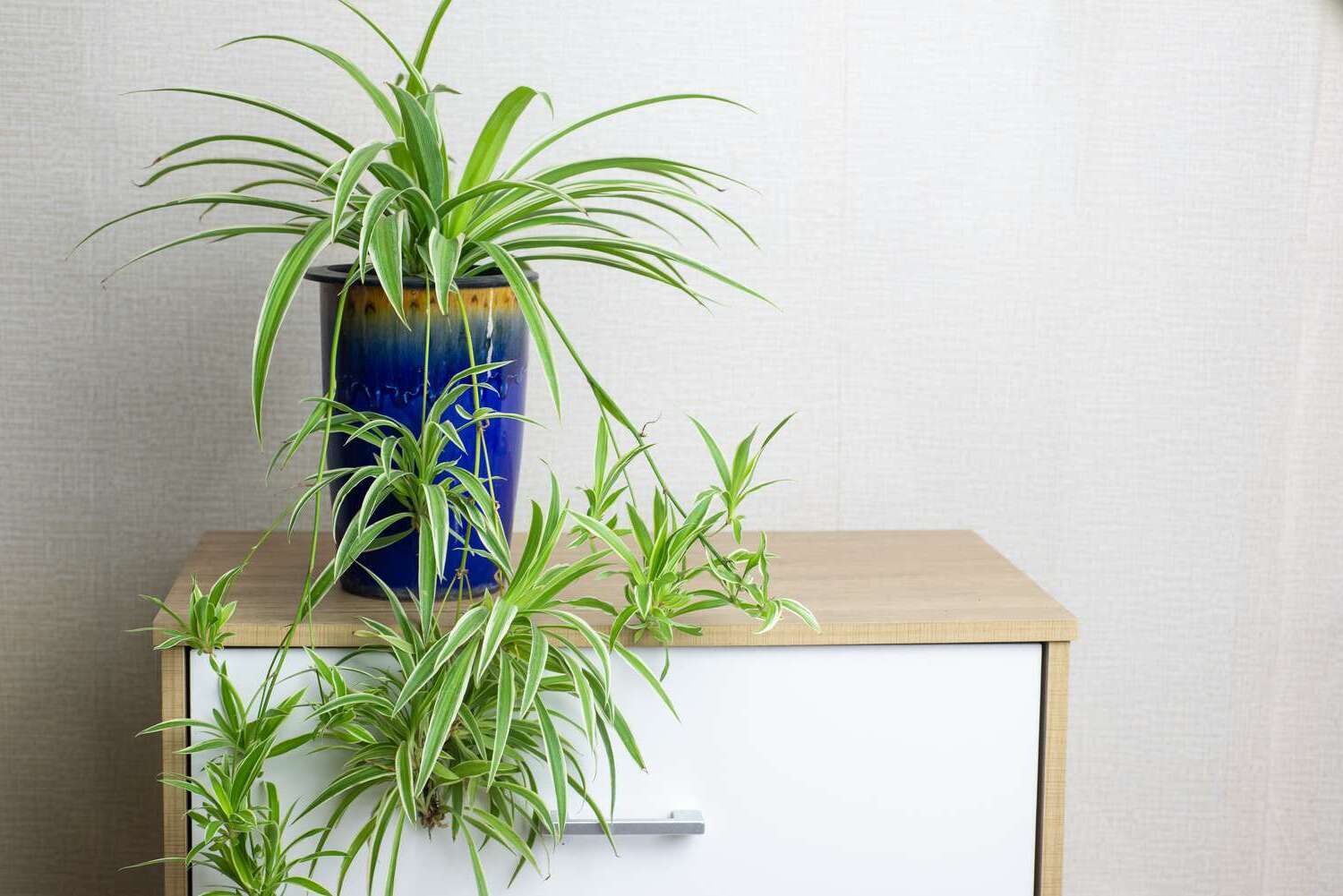

0 thoughts on “Indoor Alocasia Polly Care African Mask Plant Guide”